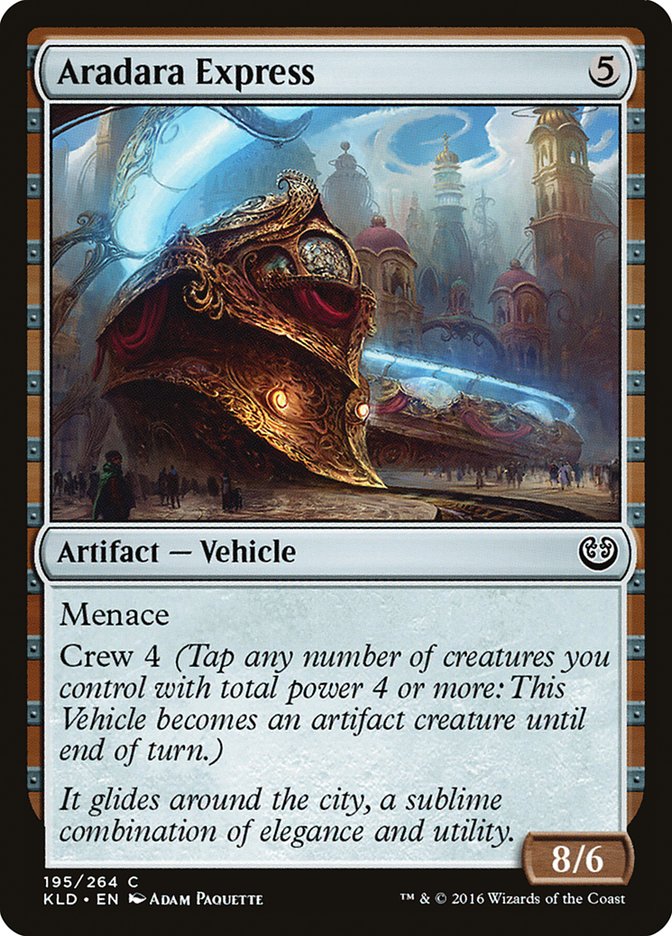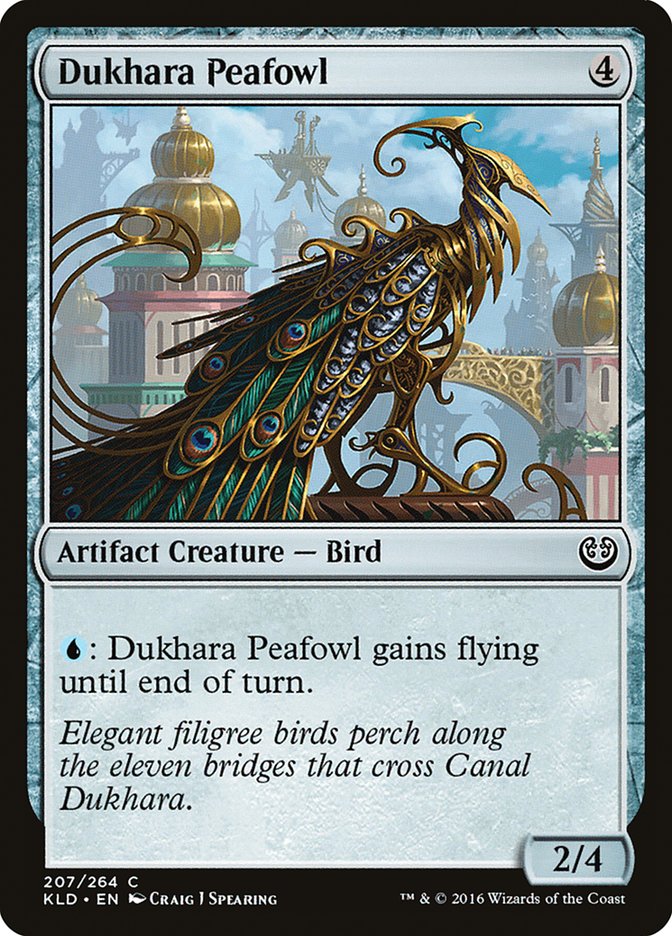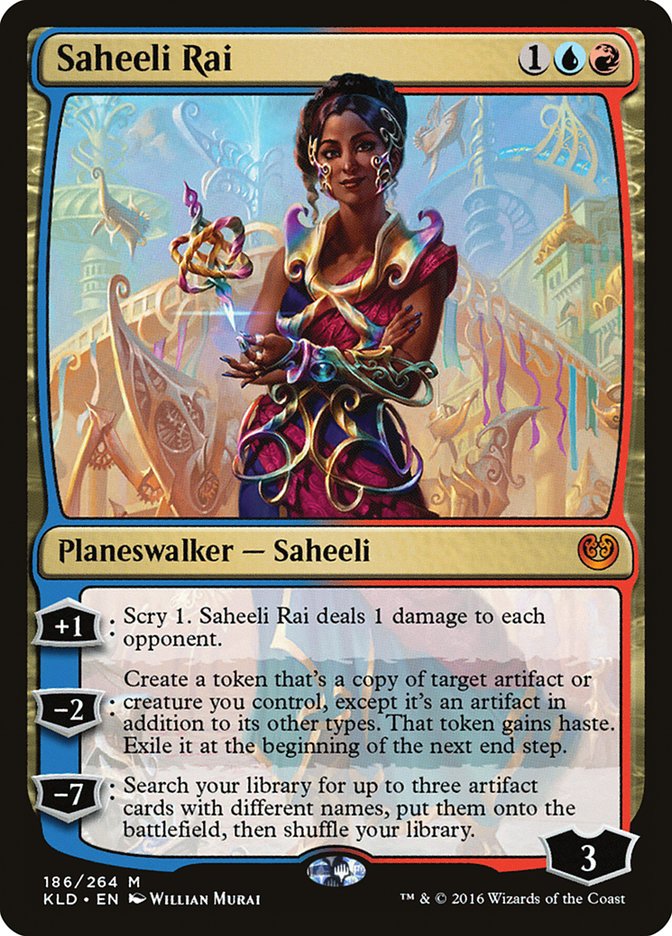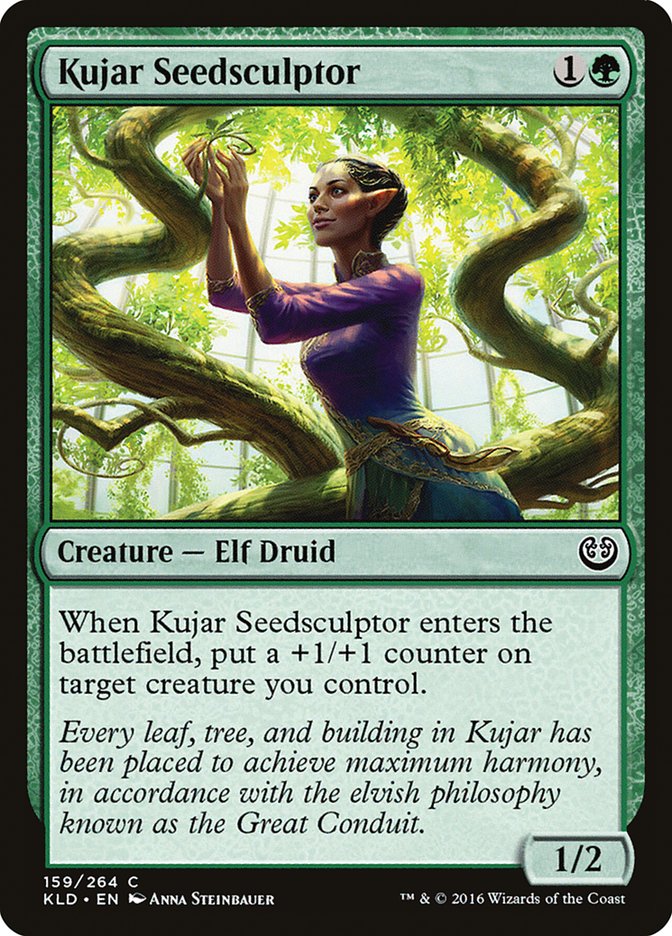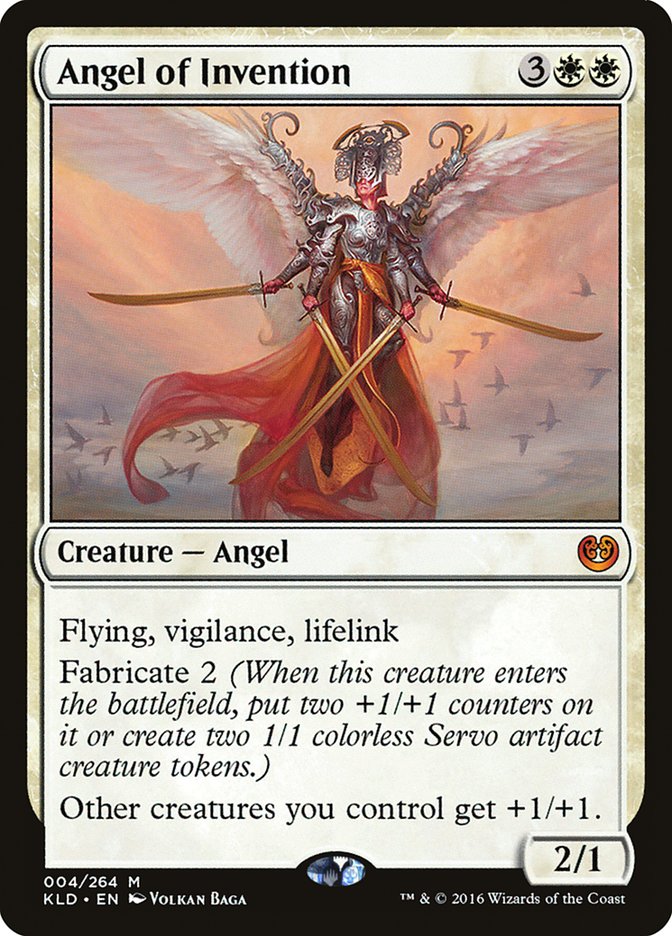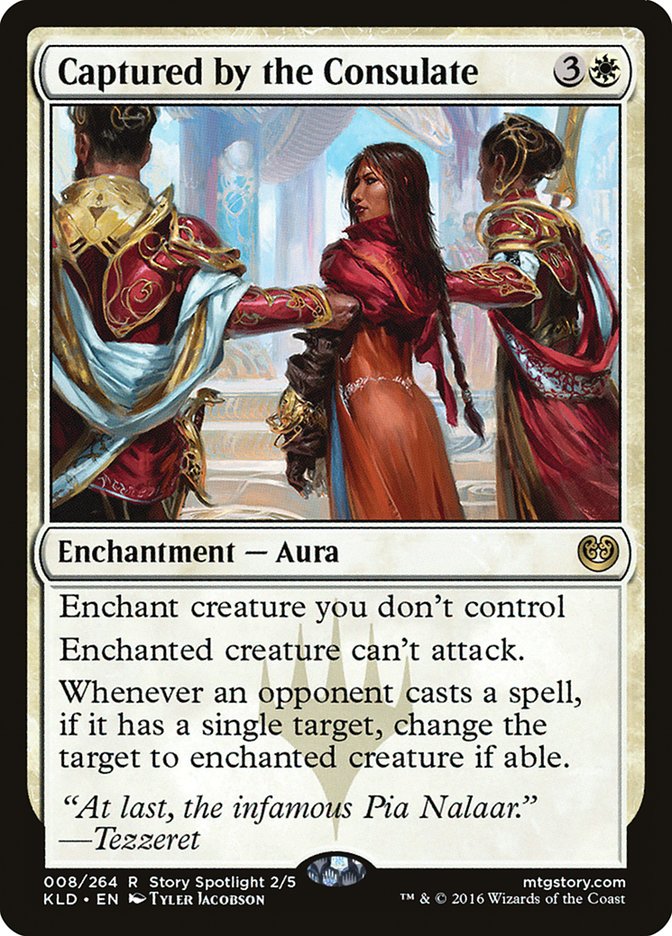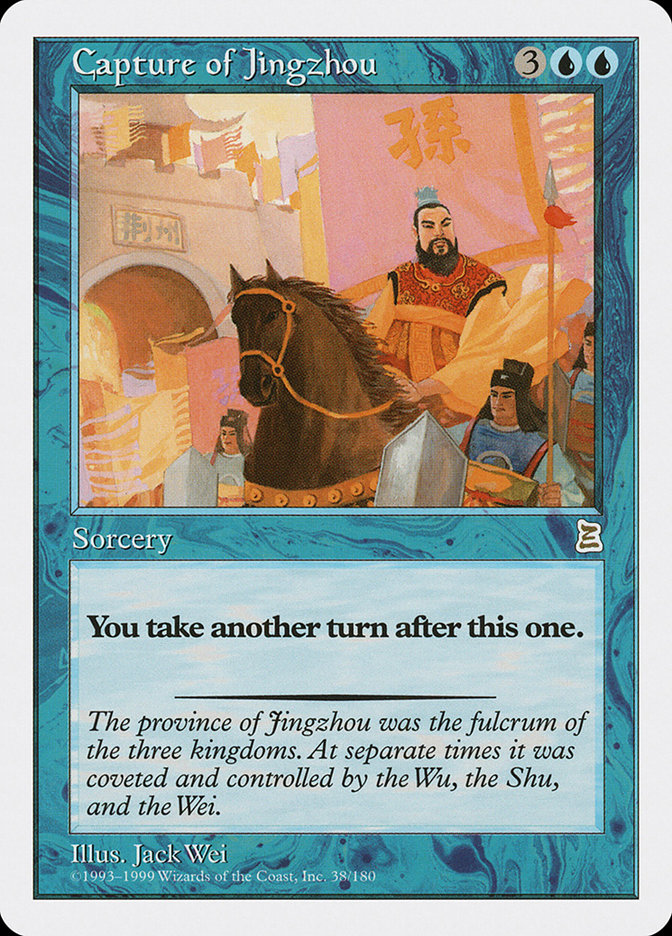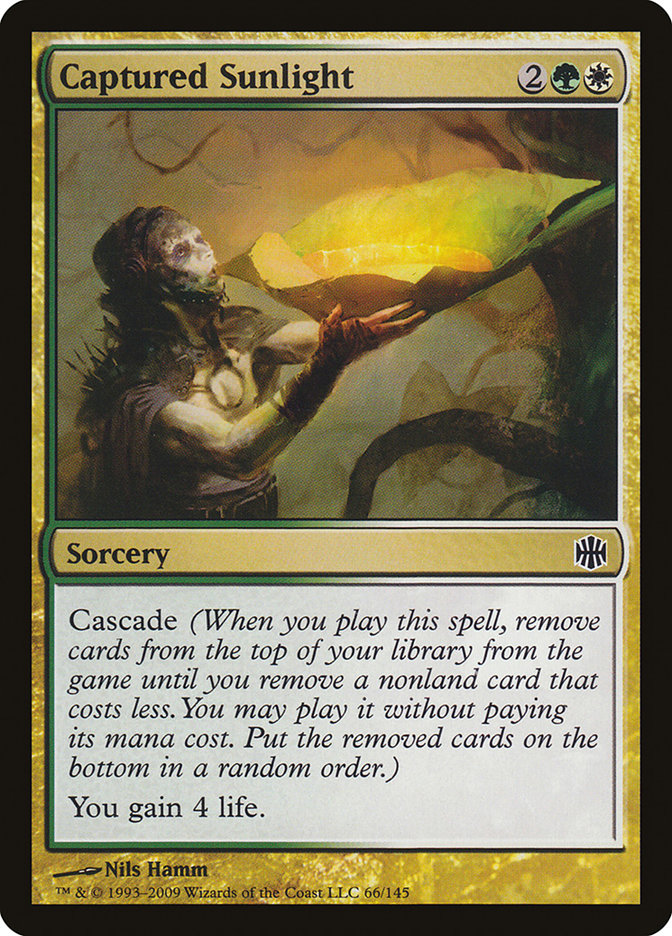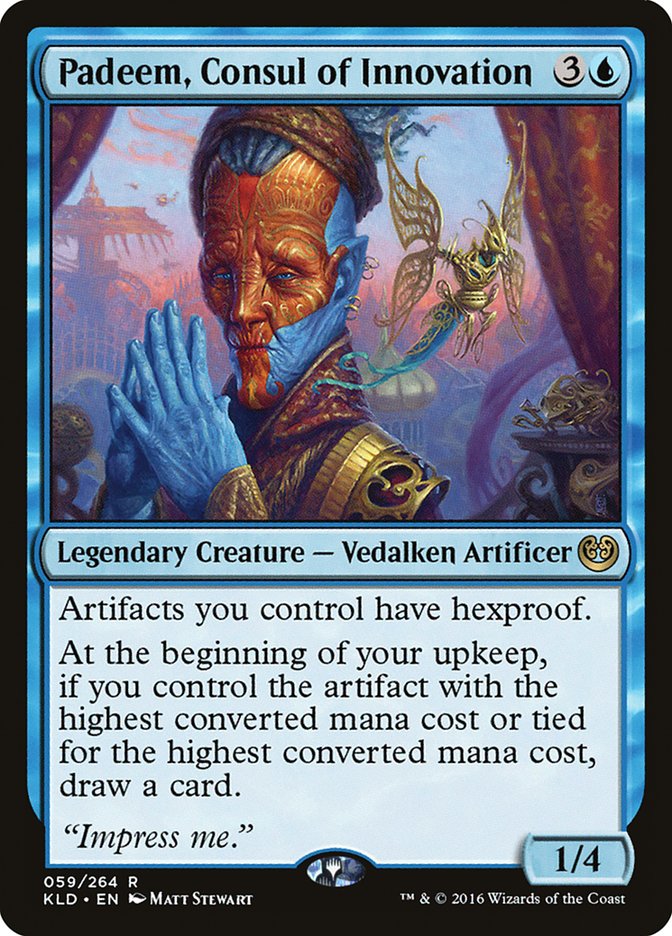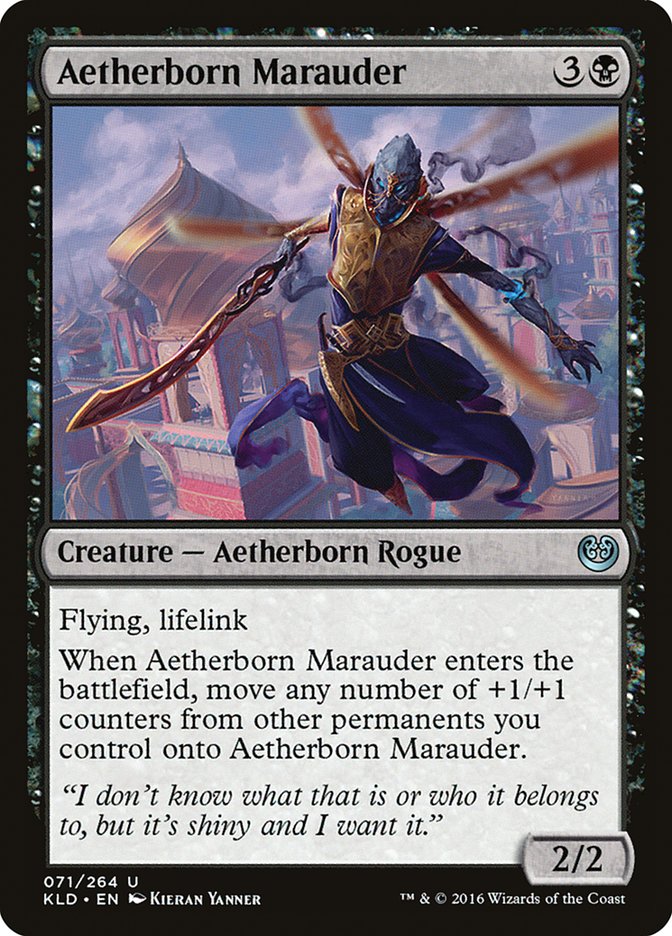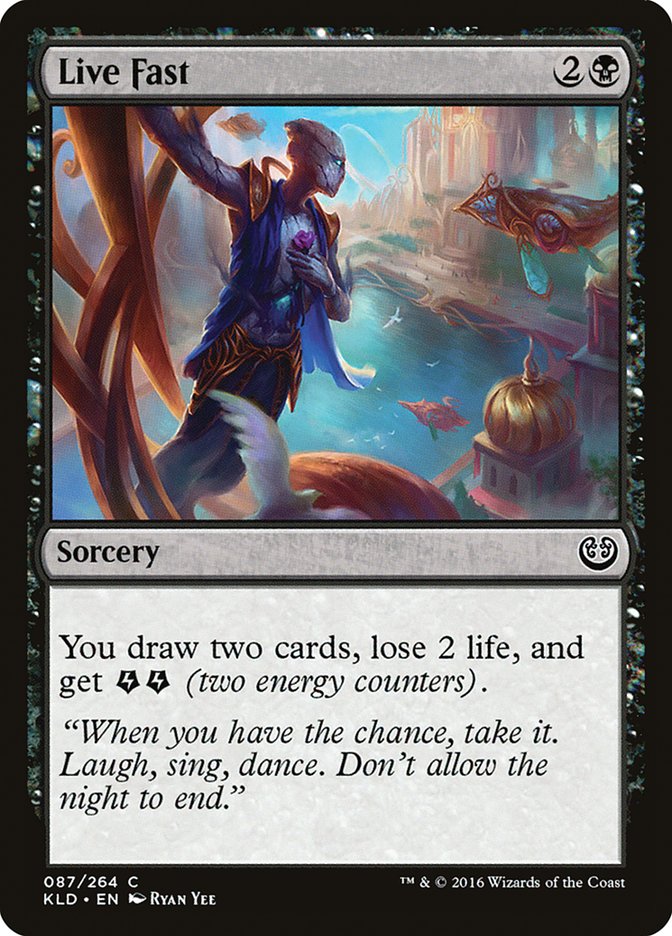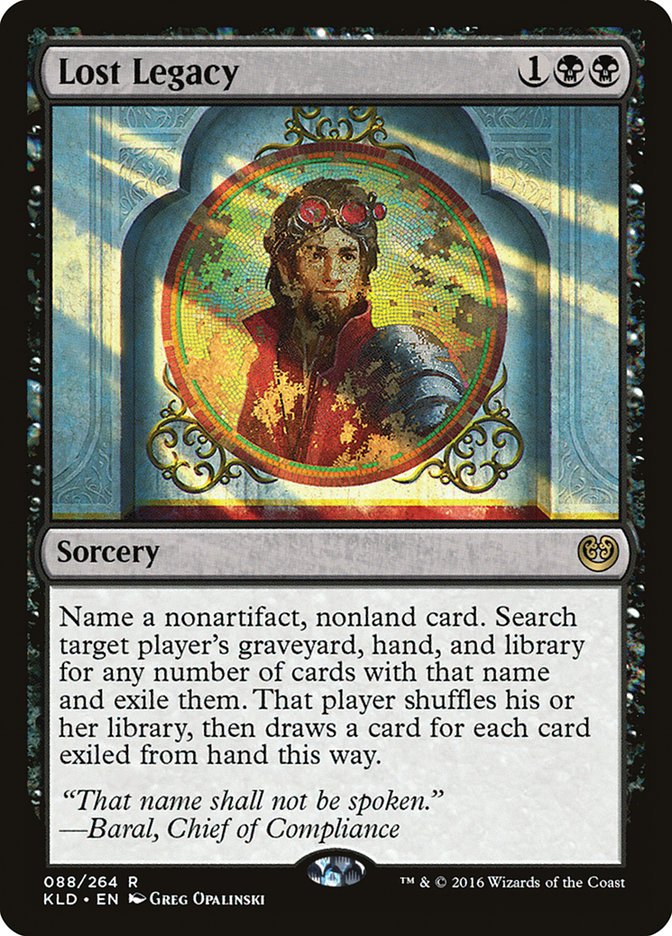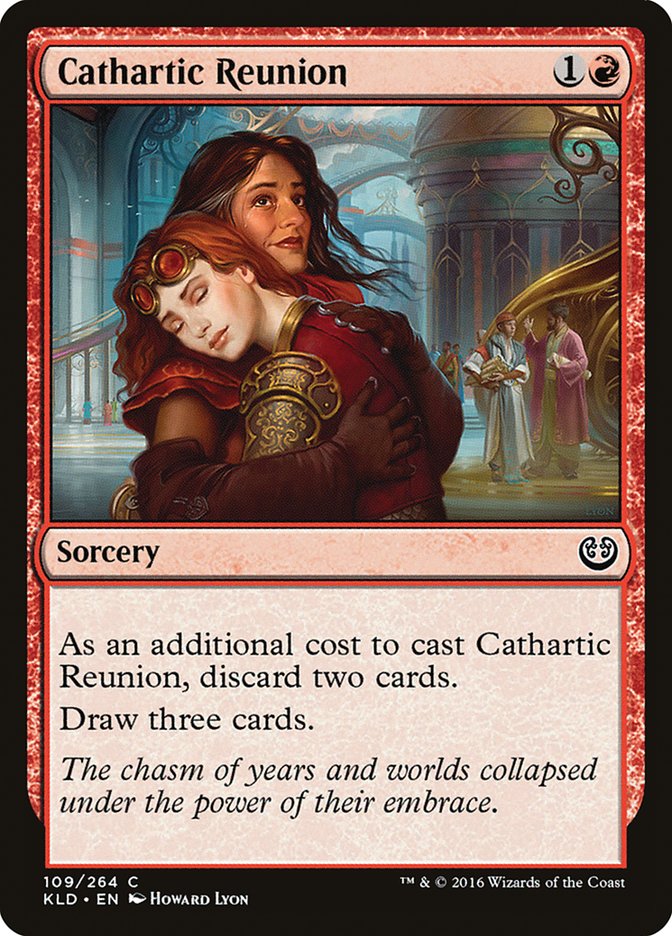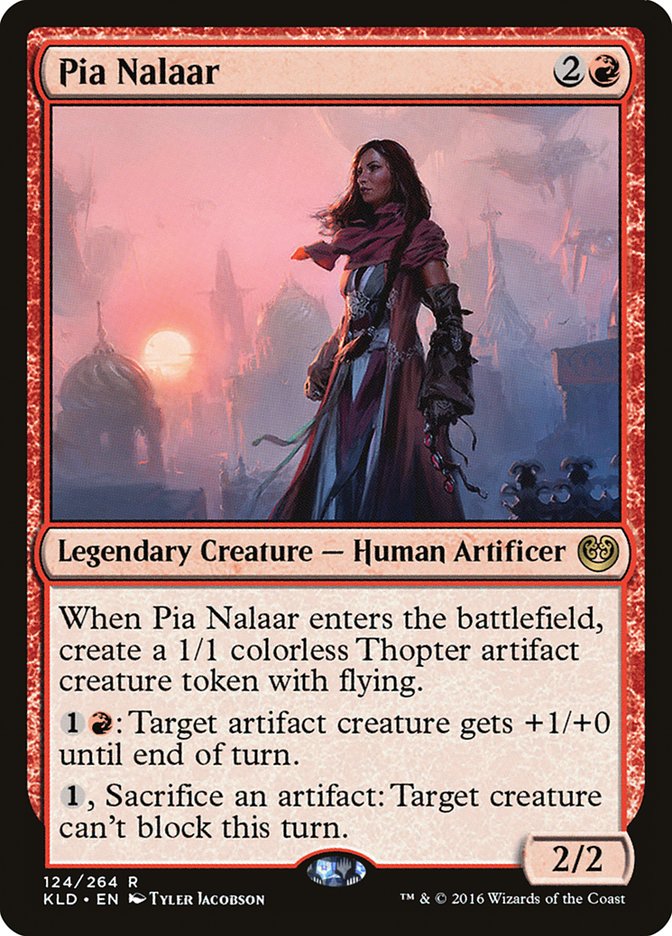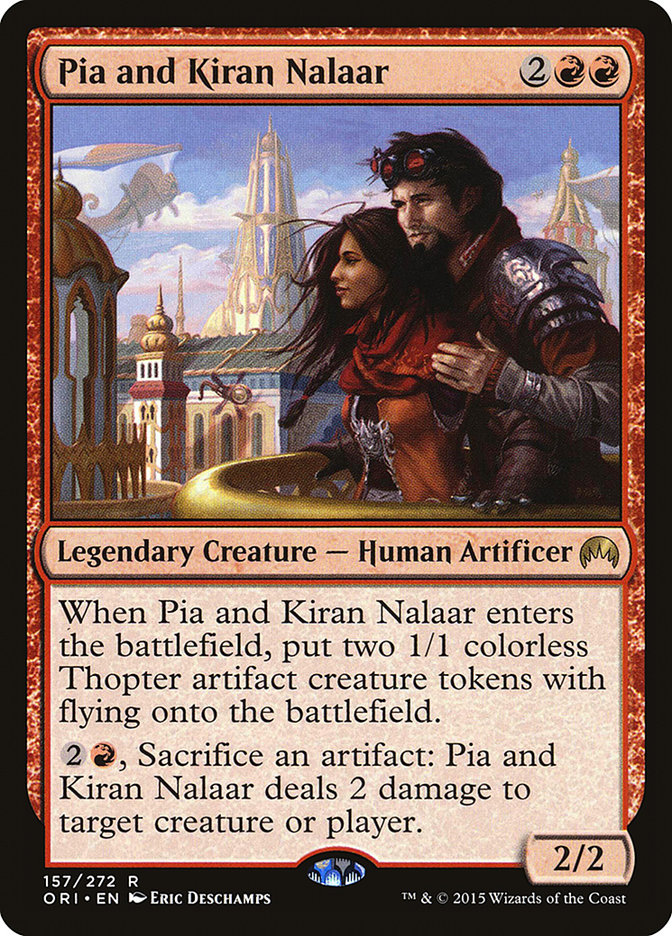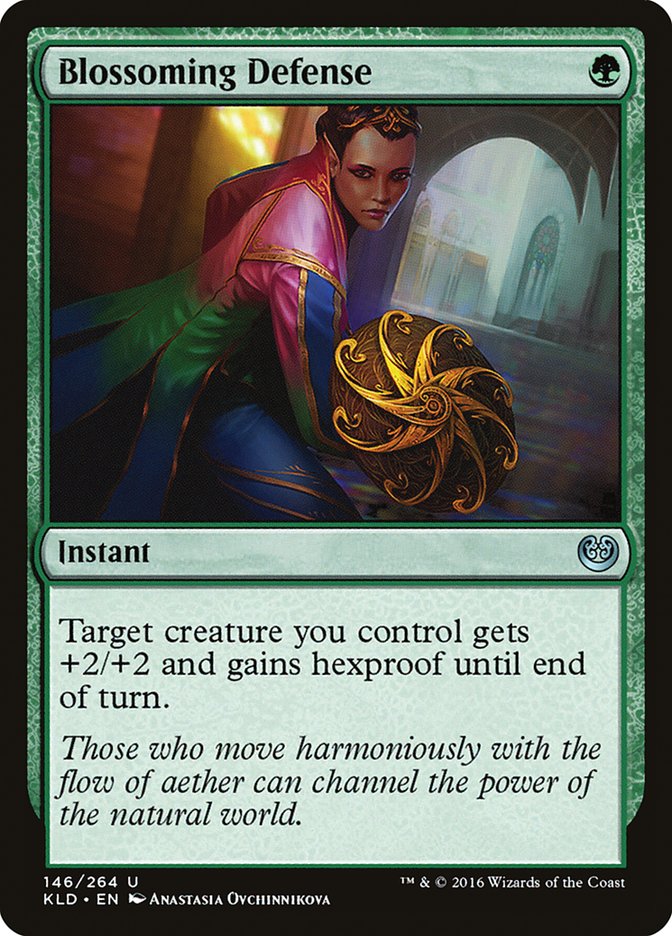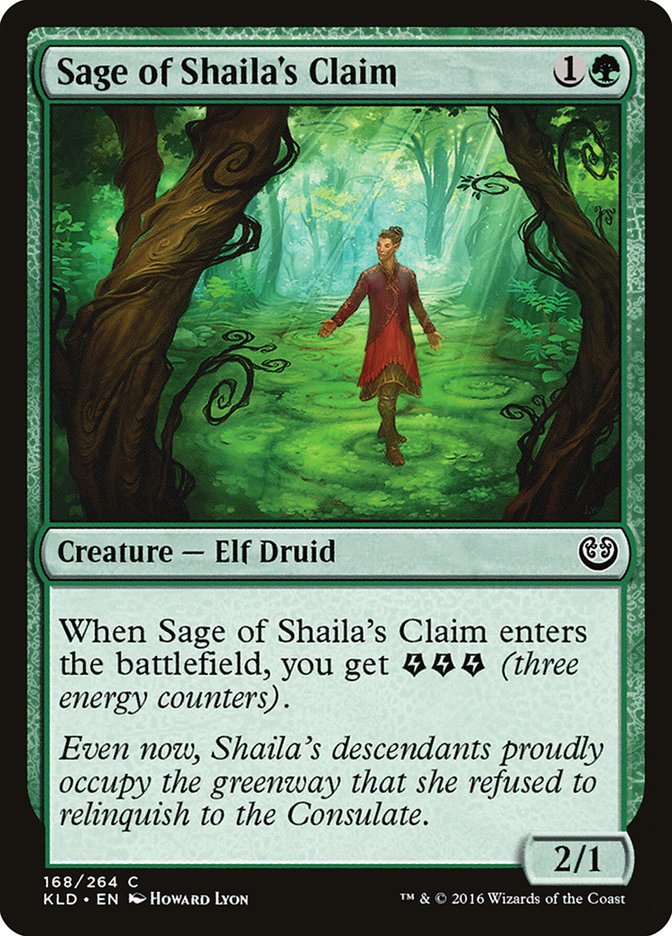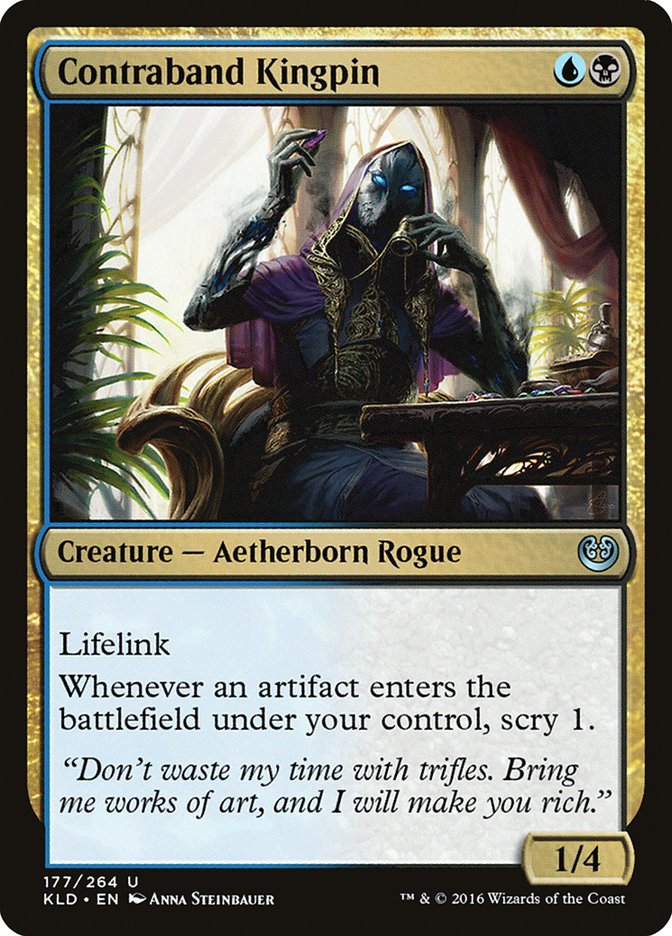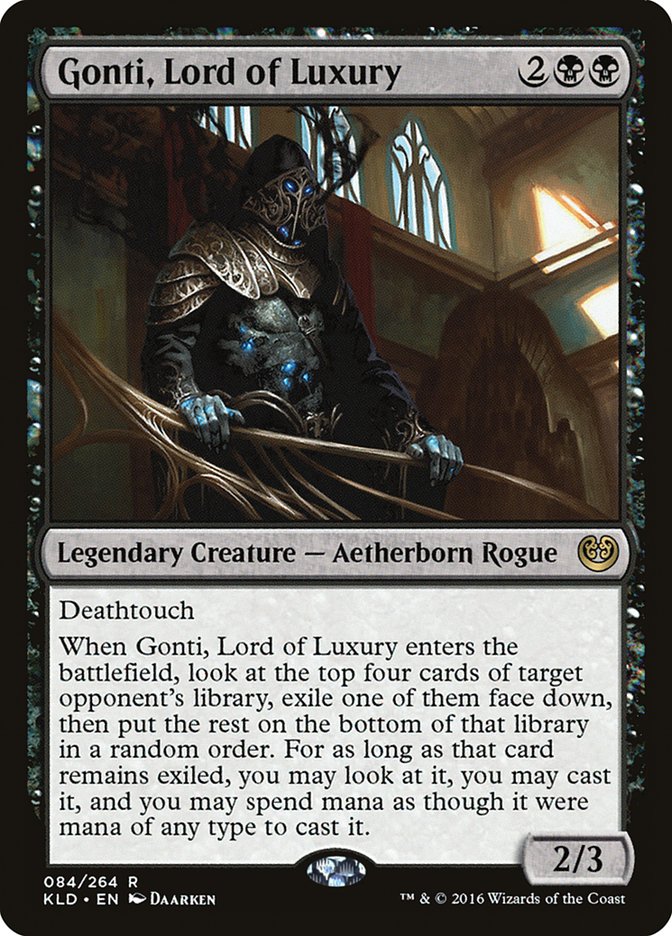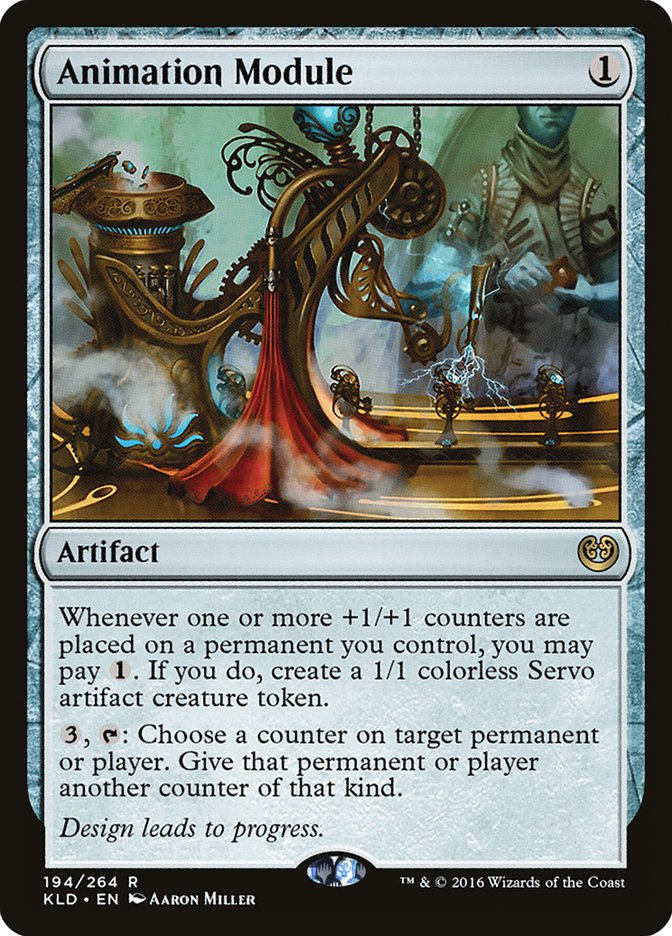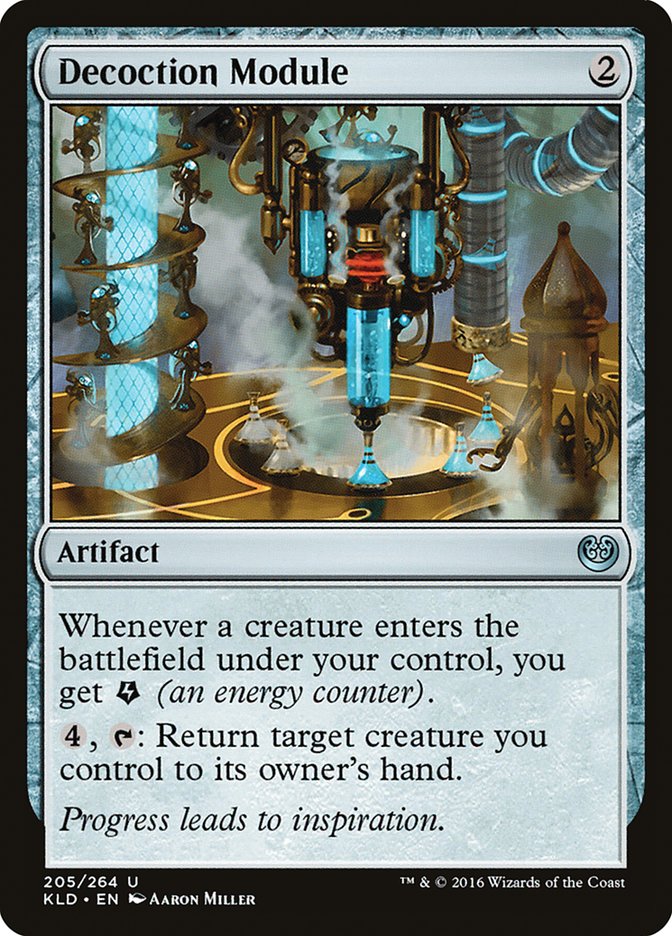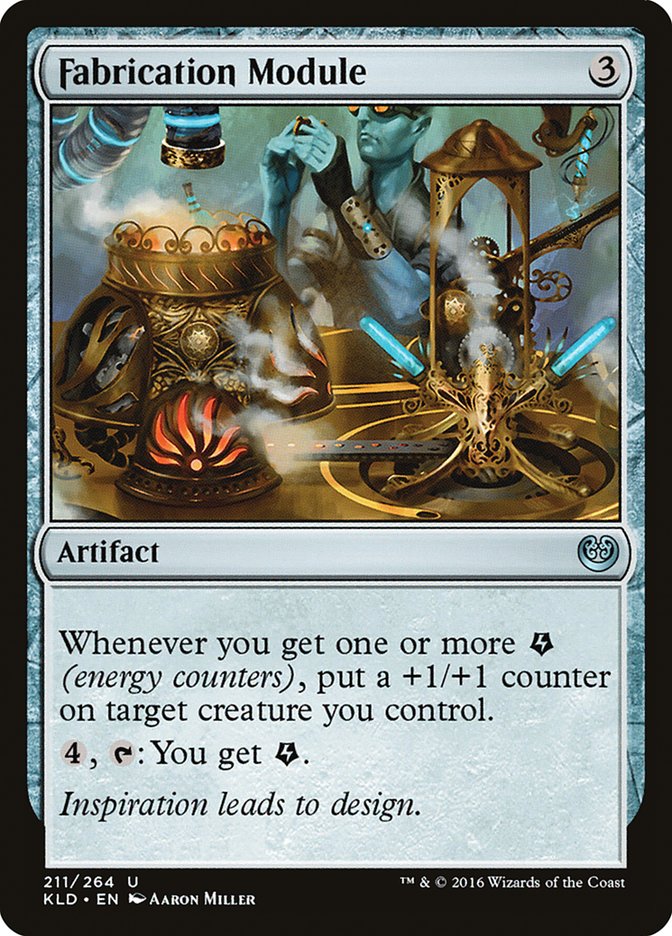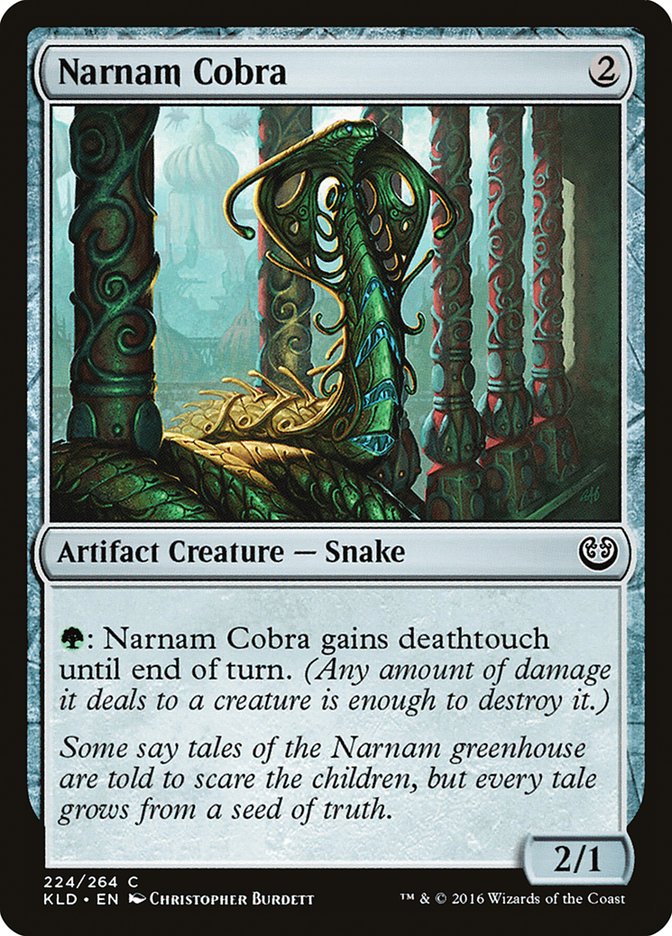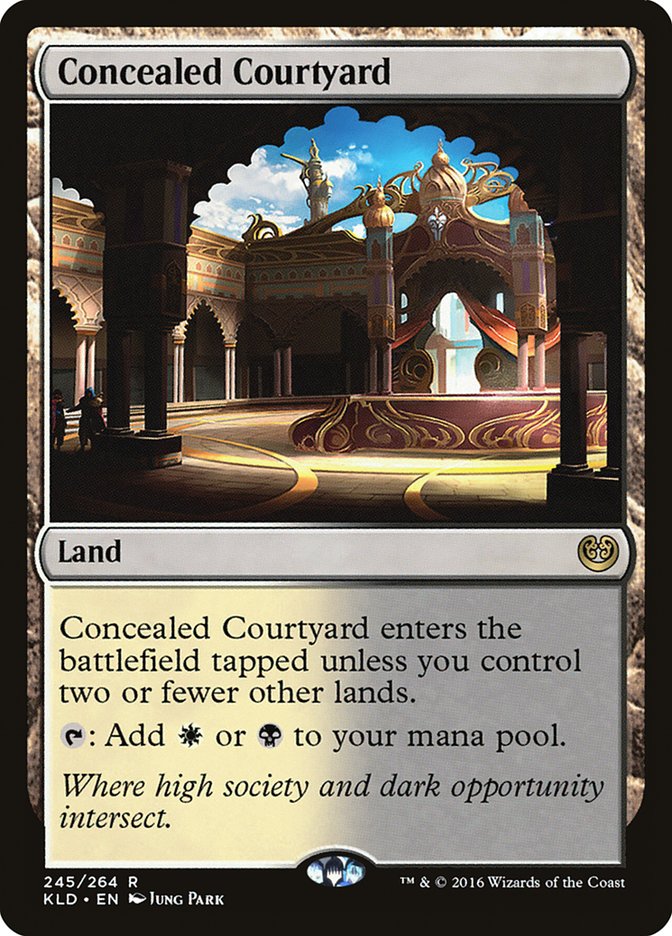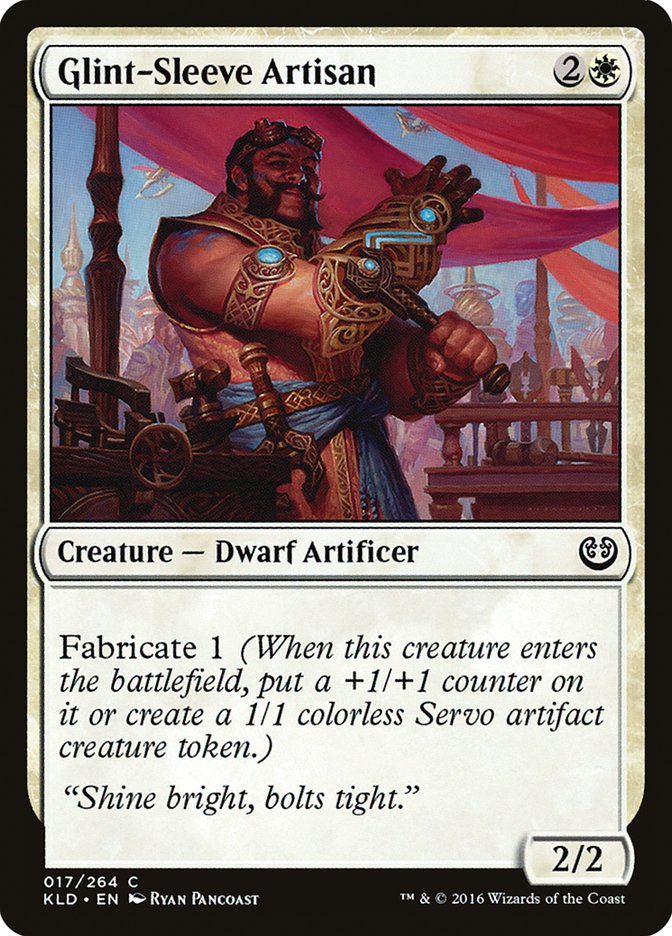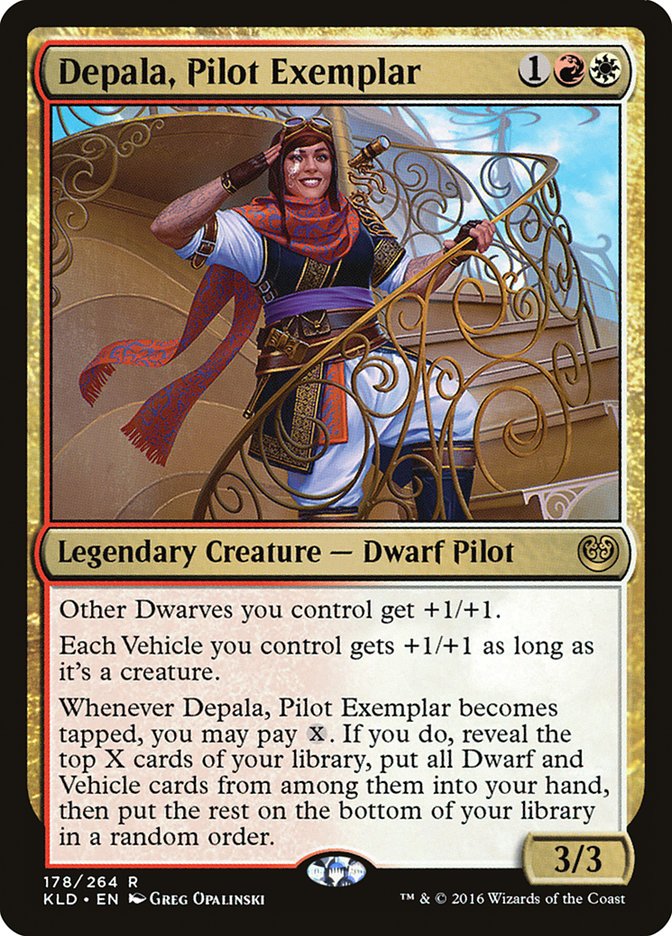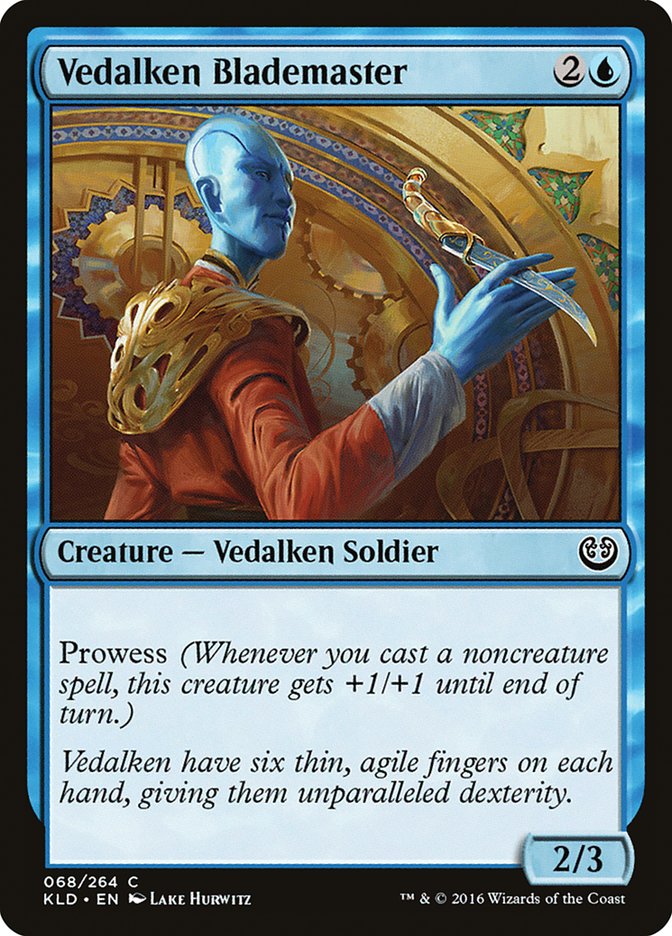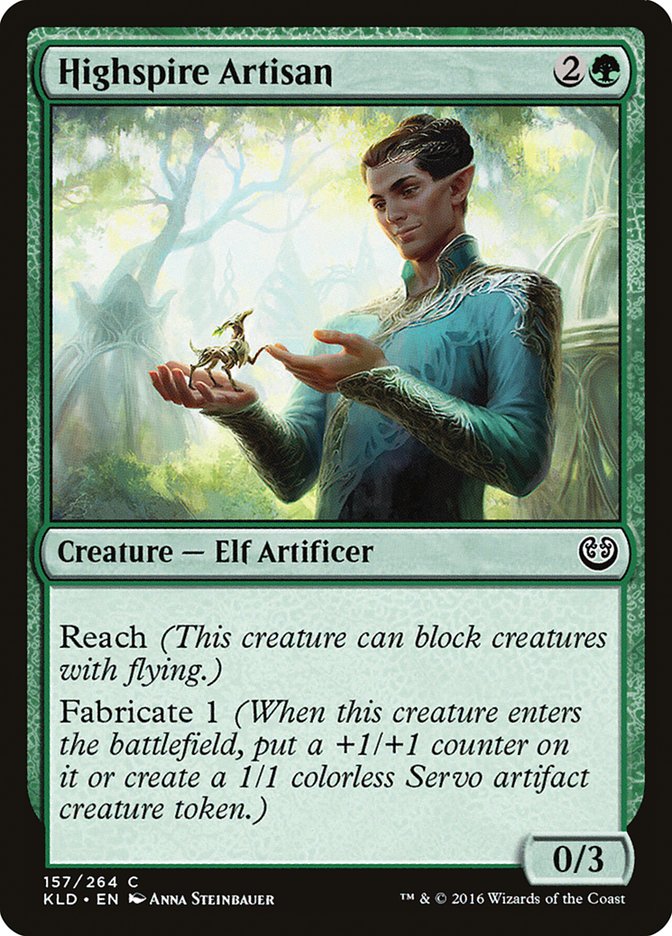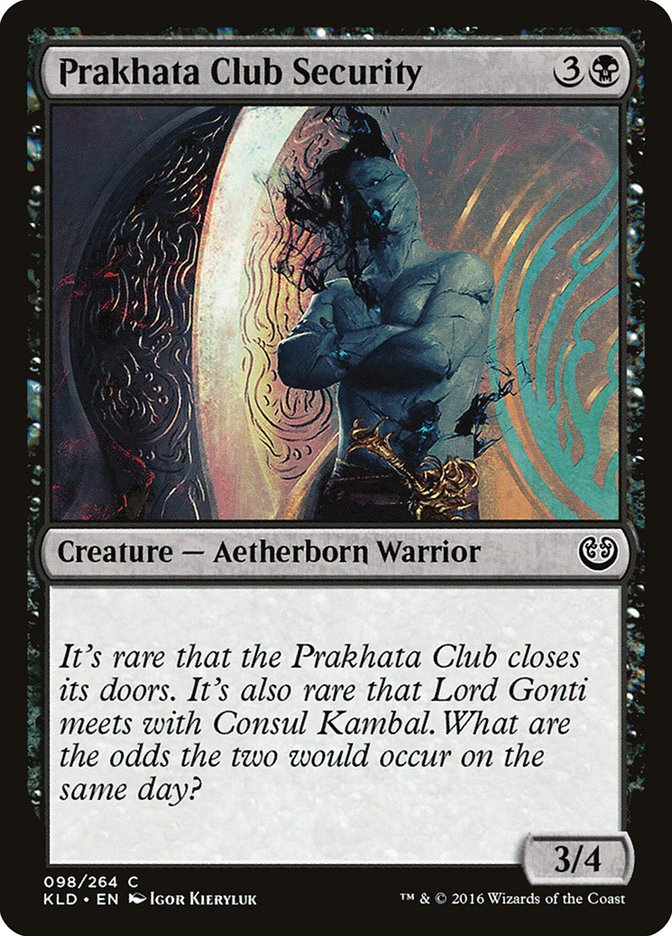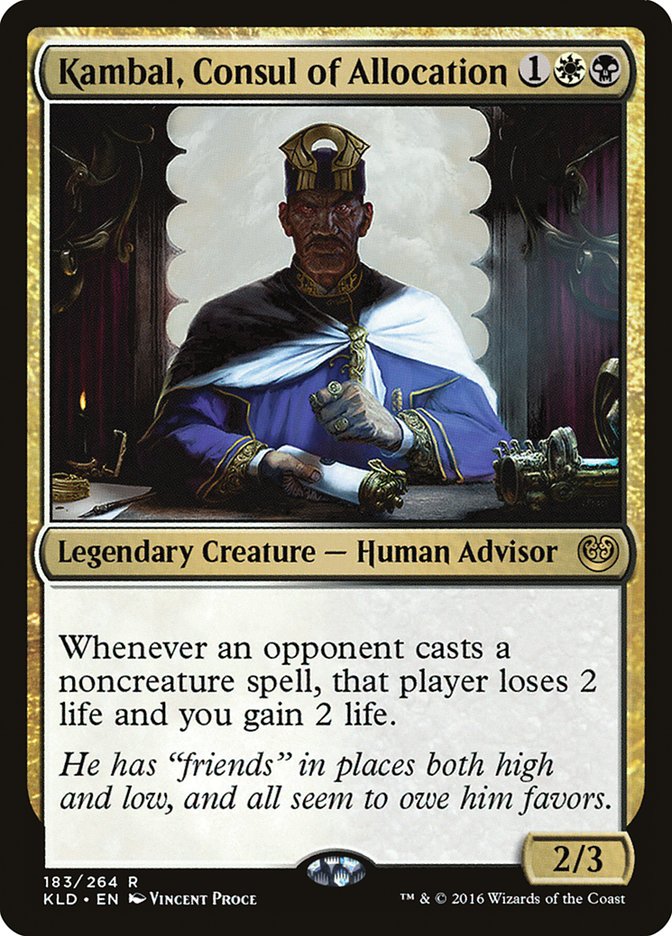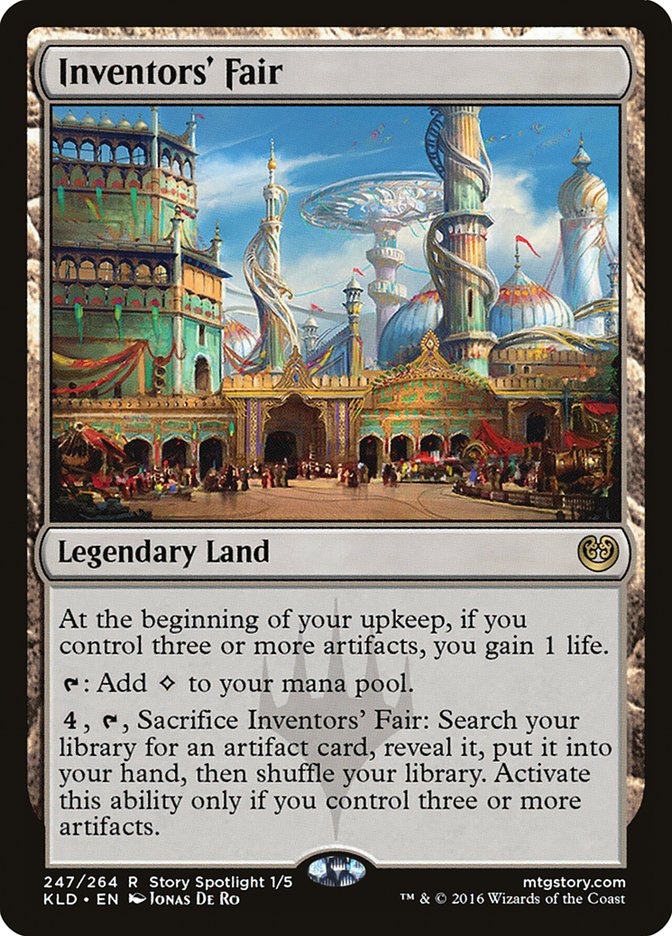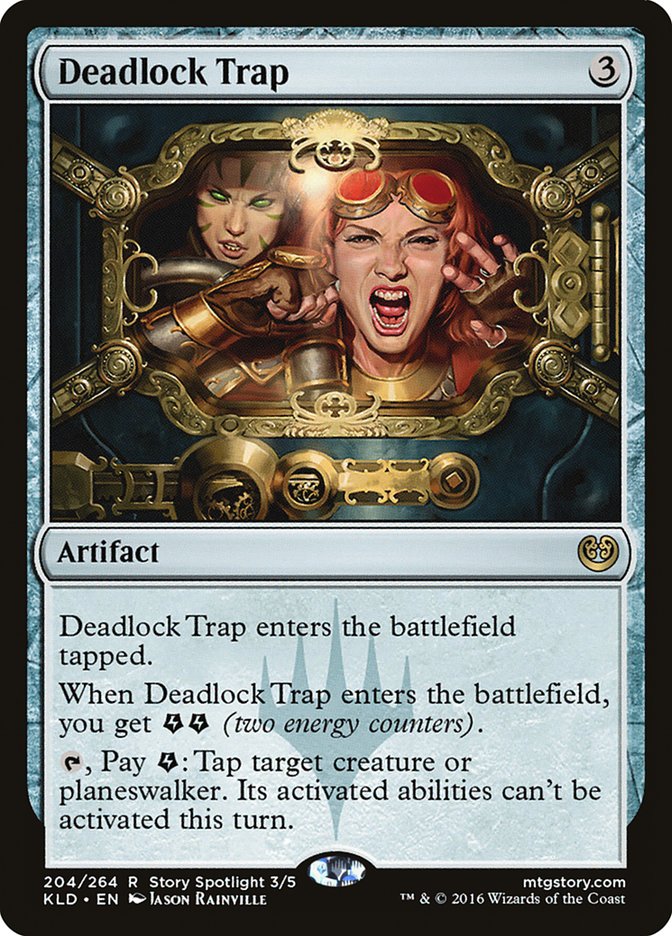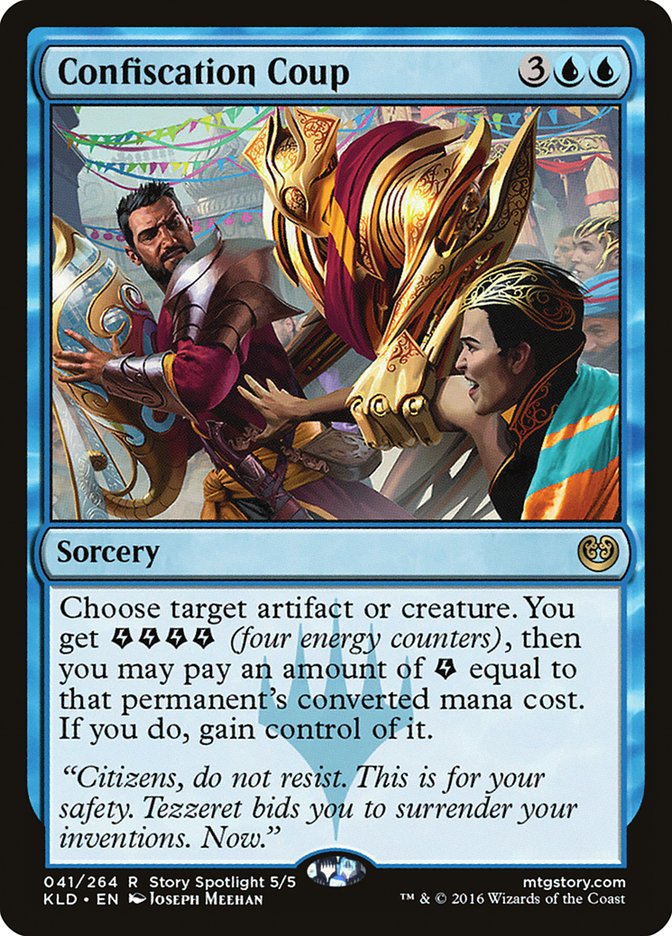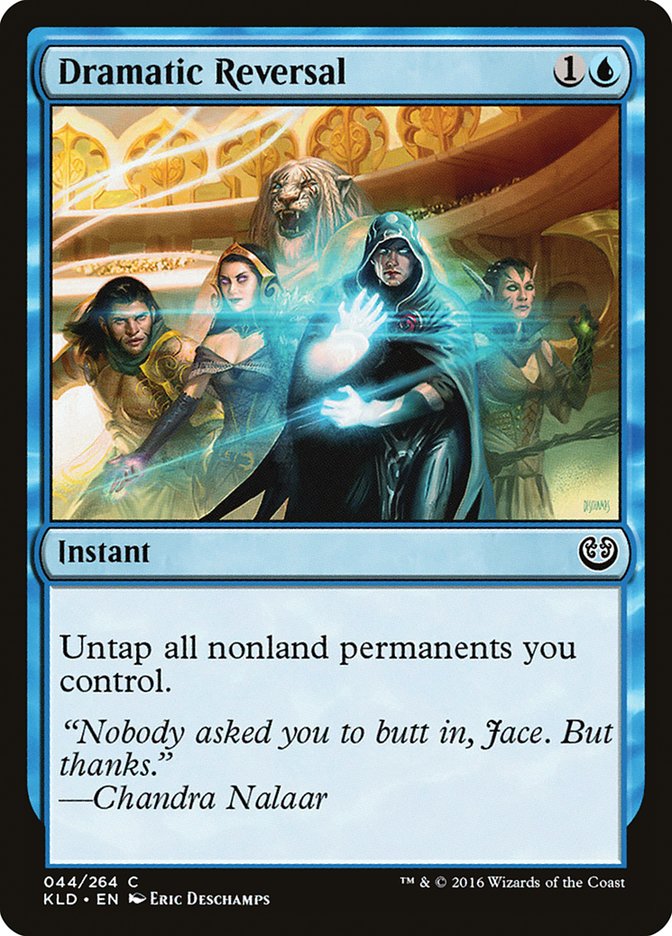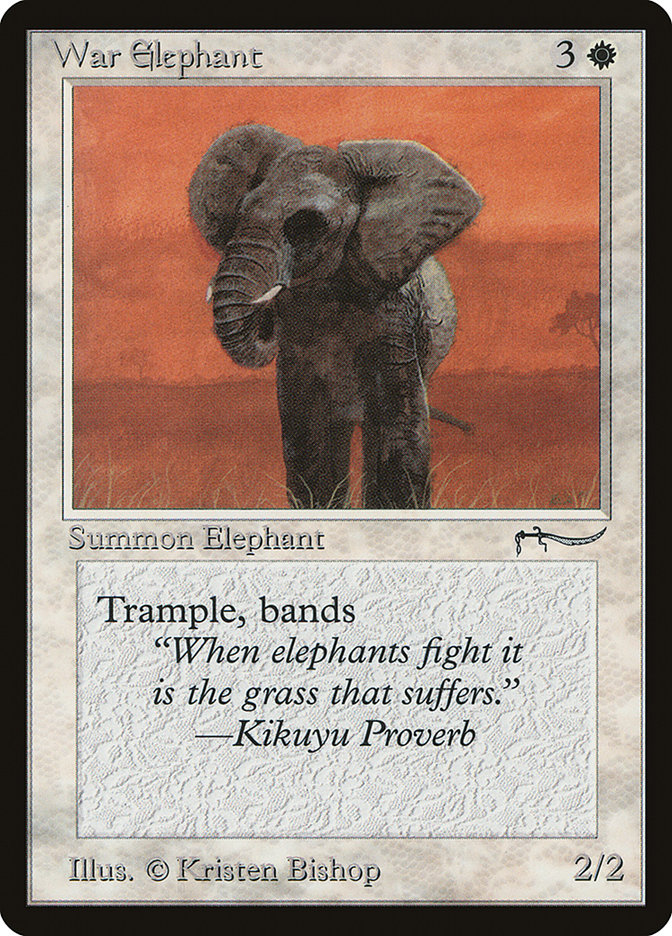Unlike other recent sets, Kaladesh is in essence new. The brief glimpse of the plane we saw in Magic Origins was like a sketch compared to Kaladesh’s painting, a mere suggestion of what was to come. Significantly, Kaladesh is the first new full-block setting of the Gatewatch Era, the new period of Magic storytelling focusing on members of the Gatewatch (Gideon Jura, Jace Beleren, Liliana Vess, Chandra Nalaar, and Nissa Revane).
Because of Kaladesh’s unusual situation, complicated by its use of a specific real-world country (India) as its main inspiration, my usual flavor review format of picking out highlights and lowlights is inadequate for exploring the set. Instead I will focus more on aspects of Kaladesh the plane, using examples from Kaladesh the set to highlight certain points.
The Setting
The operative words for Kaladesh seem to be “aetherpunk” and “India.” It’s not steampunk, strictly; the wondrous machines of the Kaladeshi capital Ghirapur are powered by magical aether, not steam. Further, the aesthetic of Kaladesh is far from neo-Victorian. Nonetheless, the many nods toward steampunk are clear: the emphasis on Energy as a complement to mana, aether-powered trains, and even race-cars.
Trivia: the first automobile race took place in England in 1867.
In real-world history, the Victorian Era falls either after or at the tail end of the Industrial Revolution, depending on definitions. By contrast, the “Aether Revolution” (not to be confused with the upcoming set Aether Revolt) started only 50 years prior to the set Kaladesh, or arguably less — the Aetherborn, sapient aether-beings, “first crawled out of early aether refineries fifty years ago,” according to Yahenni’s impromptu history lesson in the story “Born of Aether.”
The touchpoint for Kaladesh in real-world history, then, isn’t when Charles Dickens was writing novels like Great Expectations but rather his time as a child laborer. As ever in human history, life during the Industrial Revolution and the Victorian Era was fabulous for those on top, but for the rest…well, one look at the chronicles of the Congo Free State shows the colonialism, exploitation, and brutality. (For those of you who grew up with cyberpunk science fiction stuffed with megacorporations, they were real and had names like the East India Company.)
It’s also worth noting that said touchpoint in real-world history is fundamentally European rather than “Indian,” with the Vehicle tropes in particular being particularly European. And even though the names reflect the Indian Subcontinent, as do the clothes and architecture, artifact creations such as the Dukhara Peafowl strike me as Art Nouveau intrusions.
To paraphrase Shivam Bhatt, whose post “Kaladesh, you break my heart” rocketed around the Magic community a few weeks back, Kaladesh has a Western heart and South Asian clothes. For example, Kaladesh seems bizarrely bereft of religion, even though South Asia was the origin of the Dharmic faiths with more than a billion adherents and the Mughal architecture of wonders such as the Taj Mahal is inseparable from Islamic principles that informed it. (The four slender towers around the central dome? Those are minarets.) Other than some brief notes of the “Great Conduit” and gestural echoes like on Kujar Seedsculptor and Inventor’s Apprentice — again, Mr. Bhatt explains it better than I can — Ghirapur may be full of wonders, but there’s precious little faith.
There are, however, Angels with multiple arm pairs, which really surprised me; that visual is so intimately related to depictions of deities in Hinduism that I thought it would be too far a push for Wizards to make. That said, I wasn’t in the room when the consultants were saying yes or no (as when, for example, they warned Wizards away from the loxodon, or humanoid Elephants).
As a last note, Kaladesh is set almost entirely within the capital city of Ghirapur, with precious little revealed of the world beyond. It’s possible we may see more of Kaladesh in Aether Revolt. In fact, I hope we do. Here’s a thought-experiment: how different would reading or seeing The Hunger Games have been if we were introduced to the Capital first, rather than Katniss Everdeen’s district?
The Words
Once again, Mr. Bhatt has necessary expertise in the form of a pronunciation guide. He also has the note that, while “Kaladesh” can be translated into “Tomorrow Country” (the way “Kamigawa” can be translated into “Spirit Place”), it also can be heard as “Black Land.”
Awk. Ward.
Moving on into the world of names and flavor text, here are some standouts that caught my eye. (I’ll cover story cards and the Gatewatch a little later.)
I love the flavor of the name “Captured by the Consulate,” though I’m also surprised there’s never been a Magic card just named “Capture.” The other two cards I’ve shown above are as close as the game has come.
This one-word name is note-perfect.
I might just tack this card and its flavor text up on my wall for when I’m writing.
In just two words of flavor text, I know Padeem, Consul of Innovation. Well played.
I laughed. It’s all I needed the flavor text to do.
The pairing of “Live Fast” and “Die Young” has seen frequent use in contemporary and near-contemporary English — though its absence in other languages has required translators to get creative. Interestingly enough, “Carpe Diem” is the name the German translator for Odyssey used for the card “Seize the Day.”
Notably, Kiran Nalaar’s name doesn’t show up in any flavor text in Kaladesh.
“Cathartic” is the perfect word. On a side note, I can’t think of a better artist than Howard Lyon to do this illustration — this is the mother-daughter version of the return of the Prodigal Son.
For those who were around to see Magic Origins, the name “Pia Nalaar” alone is hauntingly lonely.
This card actually made me wonder why there aren’t (at least) two English print runs for Magic. Kaladesh takes a great deal of inspiration from India, yes? And yet India has a Ministry of Defence — note the spelling difference — as do the United Kingdom and New Zealand. Others opt for a Department of (National) Defence, such as Australia, Canada, and Ireland.
Magic: The Gathering has its origins in the USA and the USA is its largest market. For English-language printings in the USA (and, to a lesser extent, Canada), use of American English and its spellings is perfectly natural. But why should a player in London or Johannesburg or Singapore or Auckland tap an English-language Mana Confluence to add one mana of any color to his or her mana pool when colour is the correct local spelling?
If Magic can do an entirely separate run of Chinese cards to reflect the different character set used in Chinese Taipei, Hong Kong, and Macau (“Chinese Traditional” or CT, as opposed to “Chinese Simplified” or CS characters used in Singapore, Malaysia, and the Chinese mainland ), surely the resources are there to create cards in “AE” (American/Americas English) and “GE” / “IE” / “WE” (Global/International/World English — not “CE” for “Commonwealth English” because of Ireland etc.).
Obviously there aren’t pressing political reasons to create multiple English versions (as opposed to the Chinese character situation). Even between countries such as the United Kingdom and New Zealand there are small spelling differences, creating questions of where one would draw the line on different printings for different countries, and certain Anglophone Magic-playing populations outside North America (the Philippines, U.S. military, etc.) use American spellings. Still, I’d like to see a breakdown of the costs versus benefits of providing most European and Asia-Pacific players with English-language Magic cards that are closer to the English that they read and write in their daily lives.
I didn’t think Kaladesh would remind me of country music, but this flavor text puts in mind the Montgomery Gentry song “Daddy Won’t Sell the Farm.”
The flavor text on Contraband Kingpin is a delight. For a species that specifically doesn’t have gender and uses the singular “they,” though, Aetherborn tend to get masculine-sounding descriptors in their names…
This three-card combo was clearly planned out, down to the flavor text. I love it.
The “truth behind a tale” is a time-honored trope, and the measured voice writing of the Narnam Greenhouse has the air of a wizened master storyteller.
Many writers would’ve put something like “low treachery” in place of “dark opportunity.” In fact, that’s what I expected when I started reading the flavor text, so for this author to go “no, I’m not taking the easy route” and taking the line to another level is a treat.
The People
At first I wasn’t entirely sold on the idea of Dwarves appearing in Kaladesh, but the more I saw of them, the more they felt part of the plane. Whether they’re marvelously mustachioed mechanics or preternaturally good Pilots, the Dwarves are a hit.
While the Vedalken of Kaladesh have only two arms (compare those of Scars of Mirrodin, as on Steady Progress for example), they are polydactyl relative to Humans with six fingers per hand. I don’t particularly mind the Vedalken, as they’re original to Magic and so don’t really feel out of place with Kaladesh. It’s a “Why not?” sort of thing.
By contrast, the presence of Elves feels jarring to me. While there are Dwarves in many belief systems, including multiple systems found in India, Elves are specifically European and feel like a Tolkeinesque intrusion into the world.
Then there are the Aetherborn, specifically created for Kaladesh and unlikely to appear on other planes due to their unique origin.
Before I moved to Roanoke to be part of StarCityGames.com, I lived in Dallas near the intersection of Oak Lawn and Cedar Springs Avenues, in the heart of the LGBT district. While the bars and clubs never had any appeal to me (I don’t drink and I don’t date), I frequented the restaurants and got to know my neighbors.
It was easy to tell who felt the clock ticking.
While 2006 was nothing like the 1980s and 1990s for HIV/AIDS, there were still far too many cases. And when I read the story “Born of Aether,” my thoughts were far from the wondrous streets of Kaladesh. It took me back to Dallas instead, to Friday evenings at Cafe Brazil or Thai Lotus or Bengal Coast, and people getting ready for the clubs. They’d had a good day, they’d tell me. They hadn’t had one of those in a while and they were going to turn it into a good night.
Often I wouldn’t see them the next Friday. Sometimes I never saw them again, when the funeral service was private.
I don’t know if any experiences like mine went into the creation of the Aetherborn. I saw the parallels, though. I don’t think I’m alone.
Getting back to Prakhata Club Security, and speaking of Kambal, Consul of Allocation…
Hmm, the person in charge of aether allocation is corrupt. Who would’ve guessed?
More seriously, though, I’m finding it hard to pick a side on Kaladesh. Sure, the consuls and their underlings are “authority” and the renegades are “freedom,” but who’s in the right, if anyone? Are Kambal and Baral two bad apples, or has the whole bunch spoiled? Are the renegades reclaiming rights once held by the people and taken away by tyrants, or are they chasing an entitlement to aether that would lead to a tragedy of the commons if left unregulated? Players are being pushed toward rooting for the renegades because of the Chandra connection, but in truth we don’t have enough details to make that call. More on this in the next section.
The Gatewatch and the Story
Wizards of the Coast has specifically called out five cards as “Story Spotlights.” These cards have special information printed on the bottom highlighting them as such and pointing players to mtgstory.com.
The first Story Spotlight showcases the Inventors’ Fair, immediate setting of the events of Kaladesh.
In the second Story Spotlight, noted aether renegade Pia Nalaar (Chandra’s mom) is Captured by the Consulate.
In the third Story Spotlight, Chandra Nalaar and Nissa Revane find themselves imprisoned in a Deadlock Trap.
In the fourth Story Spotlight, Pia Nalaar appears in an arena for a fight (presumably to the death) against Inventors’ Fair Head Judge (and planeswalker) Tezzeret.
In the fifth and final Story Spotlight, Tezzeret takes an entire Inventors’ Fair’s worth of creations in a Confiscation Coup.
There are also story moments like Impeccable Timing and Dramatic Reversal, two cards depicting everyone’s favorite humanoid-lion planeswalker, Ajani Goldmane, who’s occupying the “guest star” role played by Tamiyo last block.
The flavor text on Dramatic Reversal, whether unknowingly or winkingly, points to a problem with the Gatewatch stories that shows no sign of abating: they’re fundamentally about outsiders coming into a plane to “fix” the problems they see, on their terms.
Over a year ago, Wizards of the Coast put the following words in the mouth of General Tazri, set up as an antagonist to Gideon Jura:
“You’re not from here. I know about you, about him. Neither of you belongs on Zendikar, and you have no right to come here and put these people — my people — in danger.”
As the Battle for Zendikar storyline unfolded, the writers forced Tazri to admit that she was wrong and Gideon was the great leader and salvation the Zendikari had been waiting for. Battle for Zendikar, in the end, left all the Zendikari but Nissa reduced to props in the Gatewatch’s story.
A more powerful person (or group of people) with a savior complex coming in to “save the day” for a less powerful person or population?
Then there’s the matter of protagonist-centered morality. Gideon’s a main character, so he’s right and Tazri is wrong. A few months ago, Adrienne Reynolds called out how Wizards made a villain of Vraska the Unseen, a denizen of Ravnica who was abused by Azorius authority, took revenge after her planeswalker spark ignited, and resisted Jace’s assumption of power as the Living Guildpact:
My primary issue with this is I see Vraska as a political revolutionary & not a villain. I see Jace as a colonialist https://t.co/5O9a5mZQJp
— Adrienne Reynolds (@DreamtimeDrinne) July 1, 2016
I mean, if some arrogant prat from another country came into the United States and installed himself as a Supreme Court of one, he and I would have problems. Big problems.
That’s literally what Jace Beleren did to Ravnica, and Vraska’s the villain of the piece? But we’re supposed to root for the renegades on Kaladesh because Chandra Nalaar’s mom is one of them?
Force Spike, help me out here.
Let’s review the stories told so far in the Gatewatch Era:
Battle for Zendikar: Three people who were responsible in large part for releasing the Eldrazi and a dude with a savior complex take over the Zendikari resistance and quasi-fix the problem they created. I’m not completely down on this story because Nissa Revane is from Zendikar and saving it is in part her fight, but I’m not going to forget that Nissa intentionally (and Jace and Chandra accidentally) broke things in the first place.
Shadows over Innistrad: Second verse, mostly same as the first, except they all go to Innistrad and Jace’s ex, Liliana “I made literal deals with demons” Vess, joins the fun. The Gatewatch don’t even quasi-fix the problem a majority of them helped create; the problem fixes itself.
Kaladesh (so far): Their fame as the Gatewatch brings them a client, Dovin Baan, whose presence induces Chandra Nalaar to run off to her place of birth. Liliana follows, giving Chandra some of the worst advice ever, as does Nissa. The rest of the Gatewatch shows up to have Chandra’s back, and things apparently will get real with their mutual enemy Tezzeret. This is better than Shadows over Innistrad and even a bit better than Battle for Zendikar, because it is Chandra’s home plane and her Aether Revolt and Captain Baral pretty clearly wronged her, but we’re still going to see a battle of planeswalkers with a bunch of innocent Kaladeshi caught in the crossfire.
“Powerful outsider(s) swoop down and act as saviors to less powerful people” is a tired and frankly troubling storytelling formula, and it looks like Wizards, for all its commitment to diversity, has trapped itself into telling the story of “Jace and Friends Rescue the Pitiful Planebound Folk” over and over again. Unless they can flip the narrative in the rest of Kaladesh and Aether Revolt, I’m not looking forward to Jace wandering around Amonkhet. We’ve already seen the “white savior in Ancient Egypt World” thing. It was called Stargate, and Jace is no Dr. Jackson.
Prove me wrong, Wizards. Please.
A Kaladesh Flavor Review in Review
So that’s my flavor review. The Kaladesh setting is a mix of Western industrial history and South Asian visuals that never quite jells. Grafted onto it is a story that’s better than the first two Gatewatch tales, mostly because it involves a character’s home plane and a problem she isn’t really responsible for (I’m not blaming a preteen Chandra for the actions of Captain Baral), but still has a troubling suggestion of Powerful Outsider Jace Saves the Day Yet Again on the horizon.
What’s your take on Kaladesh and its flavor? Any favorite names or flavor text or art? Let me know in the comments!



